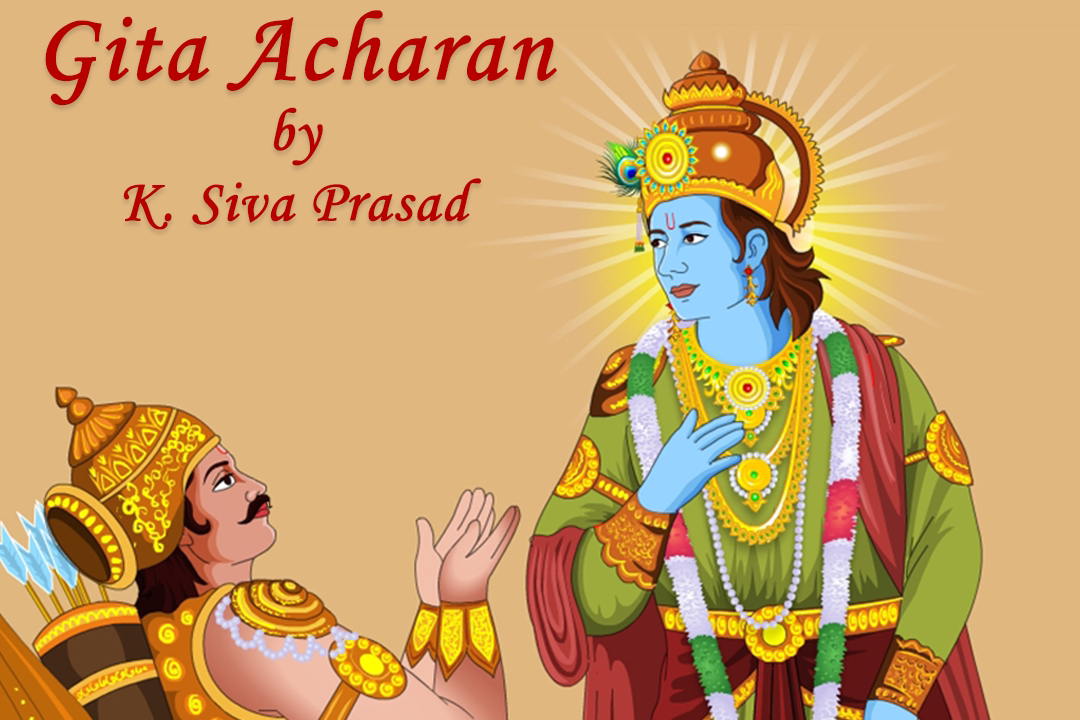95. Raft of Wisdom for Sea of Sin

Arjun's despondency during the Kurukshetra war is due to his feeling that he is committing a sin. He feels that killing one’s teachers, relatives and friends (1.36) is nothing but sin and that we should turn away from such sinful action (1.38). He is even more perturbed by the fact that he and his brothers were preparing to kill their own brethren out of greed for the kingdom (1.45). Krishna repeatedly speaks to Arjun about sin at various times to put things in perspective. Krishna says, "Even if you are the most sinful of sinners, you shall safely cross the sea of sin by the raft of wisdom (3.36). Just as a blazing flame reduces firewood to ashes, the fire of wisdom reduces all actions to ashes." (3.37) For Krishna sin is like darkness, which is dispelled by the light of wisdom and awareness. The darkness may have been there for a long time or it could be pitch dark but the light instantaneously dispels it. However, this is contrary to religious preachings ...




